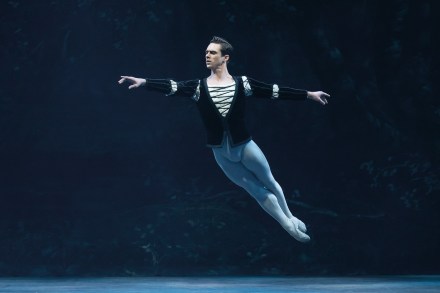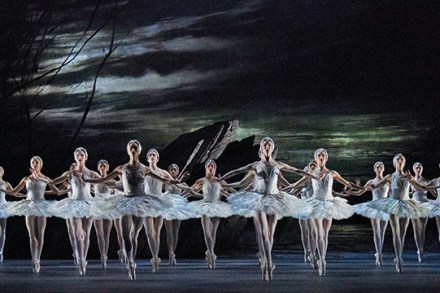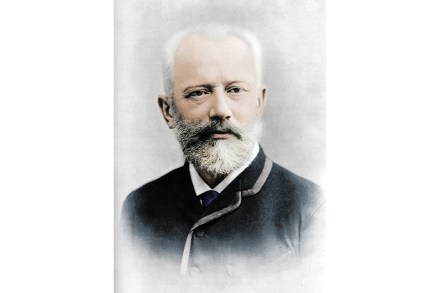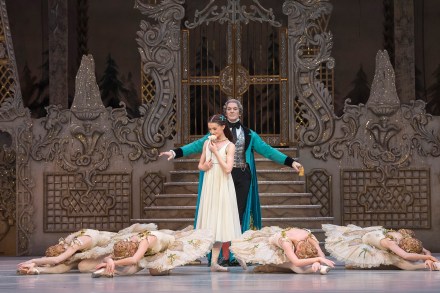A jewel in the English National Ballet’s crown: Giselle reviewed
Since its première in Paris in 1841, Giselle has weathered a bumpy ride. For St Petersburg in 1884, Petipa gave Coralli and Perrot’s original choreography the once-over and Fokine grafted on further innovations when Diaghilev brought the ballet to London in 1911. Despite casts led by Pavlova, Karsavina and Nijinsky, it bombed here with critics and audiences, who considered its archetypal Victorian plot of the innocent village maiden betrayed by the local squire prissy and musty. Only a generation later, when the likes of Markova and Ulanova assumed the title role, did the scenario’s mythic simplicity find new life, albeit in versions that departed quite radically from the primary text.






